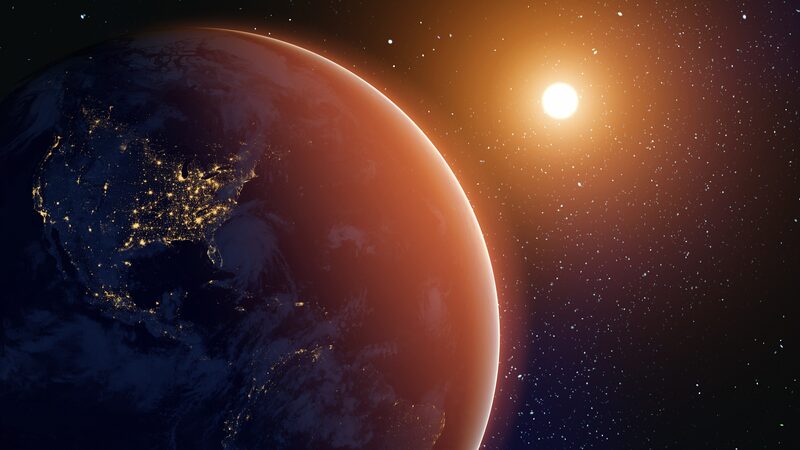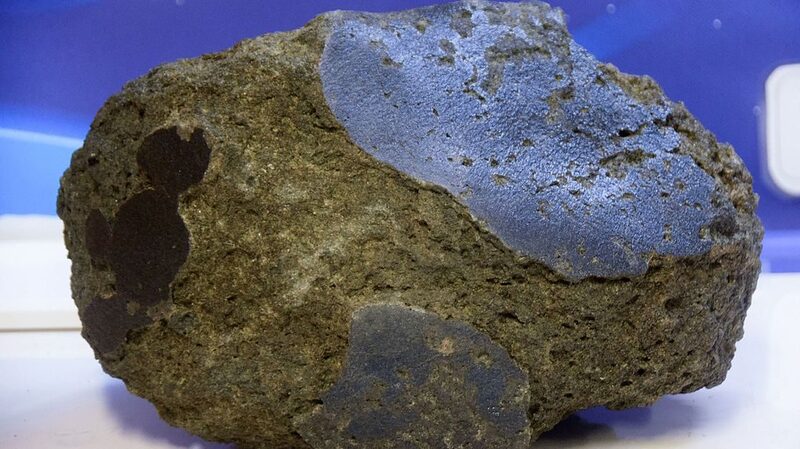NASA’s Curiosity rover has identified the largest organic molecules ever detected on Mars, marking a milestone in the search for clues about the Red Planet’s potential to host life. A study published in Proceedings of the National Academy of Sciences revealed compounds such as decane, undecane, and dodecane in pulverized rock samples analyzed by the rover’s onboard lab.
These carbon-rich molecules, containing 10 to 12 carbon atoms each, are fragments of fatty acids—organic substances essential for life on Earth. While earlier discoveries by Curiosity hinted at simpler organic chemistry, the latest findings suggest Mars may have once fostered more complex prebiotic processes.
'This discovery tells us that Mars’ ancient environment might have supported pathways toward life as we know it,' a NASA representative stated. Launched in 2011, Curiosity has explored Mars’ Gale Crater since 2012, analyzing soil and rock to reconstruct the planet’s history.
The rover’s latest sample, collected from a clay-rich area, reinforces theories that Mars harbored liquid water and organic materials billions of years ago. While no direct evidence of life has been found, scientists call the discovery a critical step in understanding the planet’s habitability.
Curiosity’s ongoing mission continues to inform future explorations, including those by its successor, Perseverance. As global interest in Mars grows, findings like these shape humanity’s quest to answer one of science’s biggest questions: Are we alone in the universe?
Reference(s):
NASA's Curiosity rover finds largest organic molecules on Mars
cgtn.com







